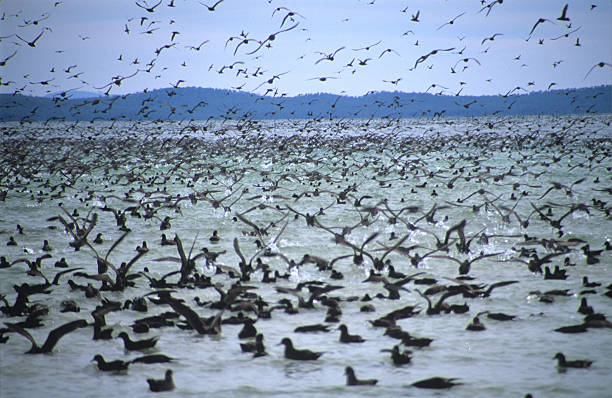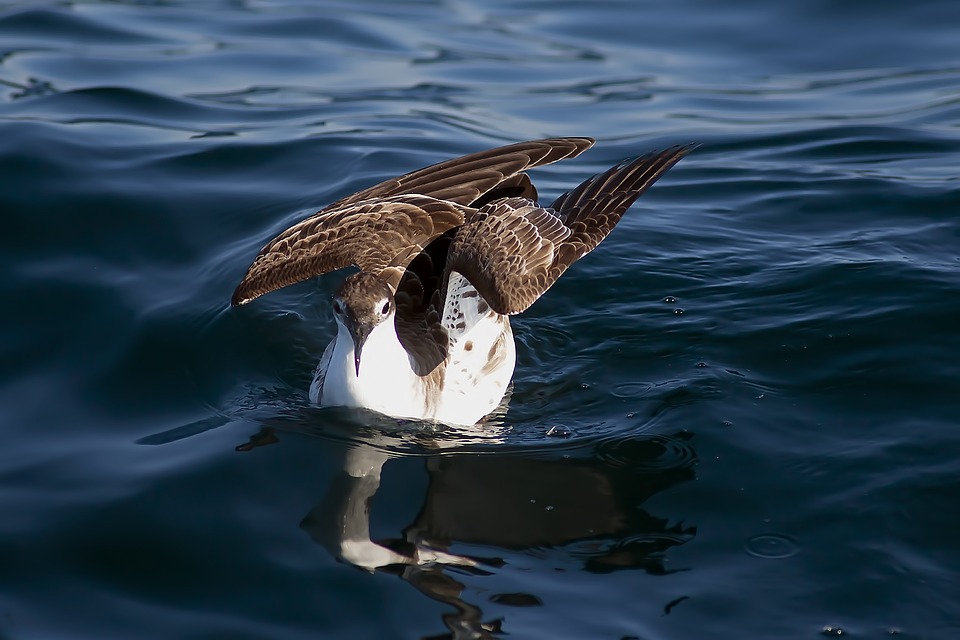Thousands of short-tailed shearwaters, or yula, have been found dead on beaches along Australia’s eastern coast, raising concerns among researchers who are struggling to pinpoint the cause of these seabird “wrecks.”
These birds, known for their long migrations, return to southern Australia each spring after traveling 15,000 km from the northern hemisphere.
Since late October, reports of dead shearwaters have been flooding in from southeast Queensland, followed by similar findings in New South Wales and Victoria.
Dr. Lauren Roman, a researcher at the University of Tasmania, notes that while seabird wrecks are not uncommon during migration, the scale and frequency of these events are difficult to assess.
“Increased awareness through social media makes it harder to tell if these events are actually on the rise,” Roman explained.
“Mortality in remote areas of the Tasman Sea could go unnoticed, but even a small number of deaths near the coast can lead to large wash-ups.”

Researcher Jennifer Lavers from Adrift Lab estimates that this year, the number of dead birds could be in the hundreds or thousands, based on citizen reports.
These birds are often emaciated, suggesting they are struggling to find sufficient food.
The loss of adults, particularly those over 40 years old, is particularly concerning due to their role in breeding, with each pair raising only one chick per year.
While the mass die-offs are alarming, they are not unprecedented. A similar event occurred in 2013, linked to an unusual heatwave in the North Pacific.
Authorities are also monitoring for H5N1 avian flu, but it has not been detected in the recent strandings.
Researchers continue to investigate the causes of these deaths, but for now, beachgoers are advised not to touch the carcasses and report any sightings of live birds in distress to wildlife organizations.

